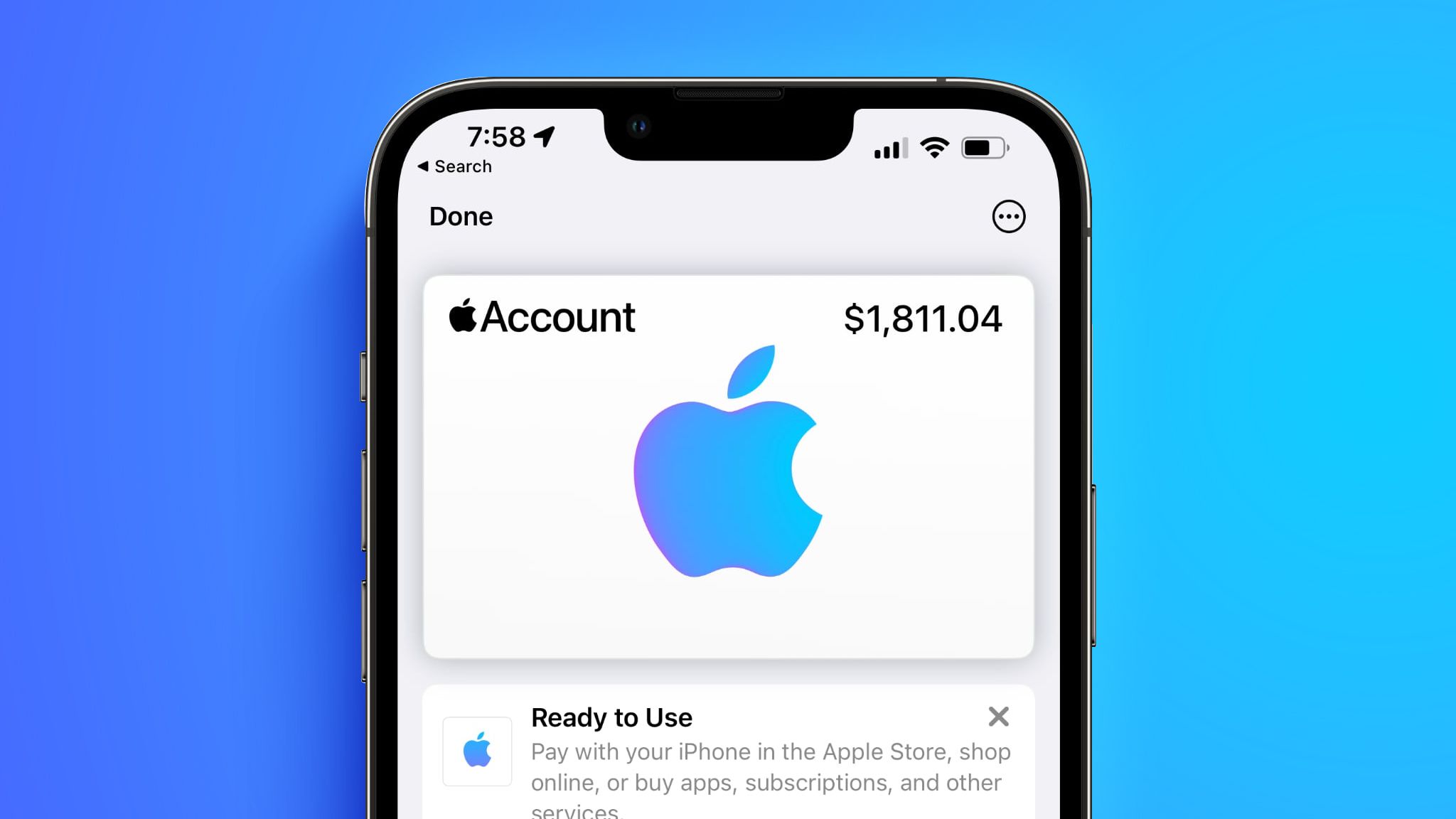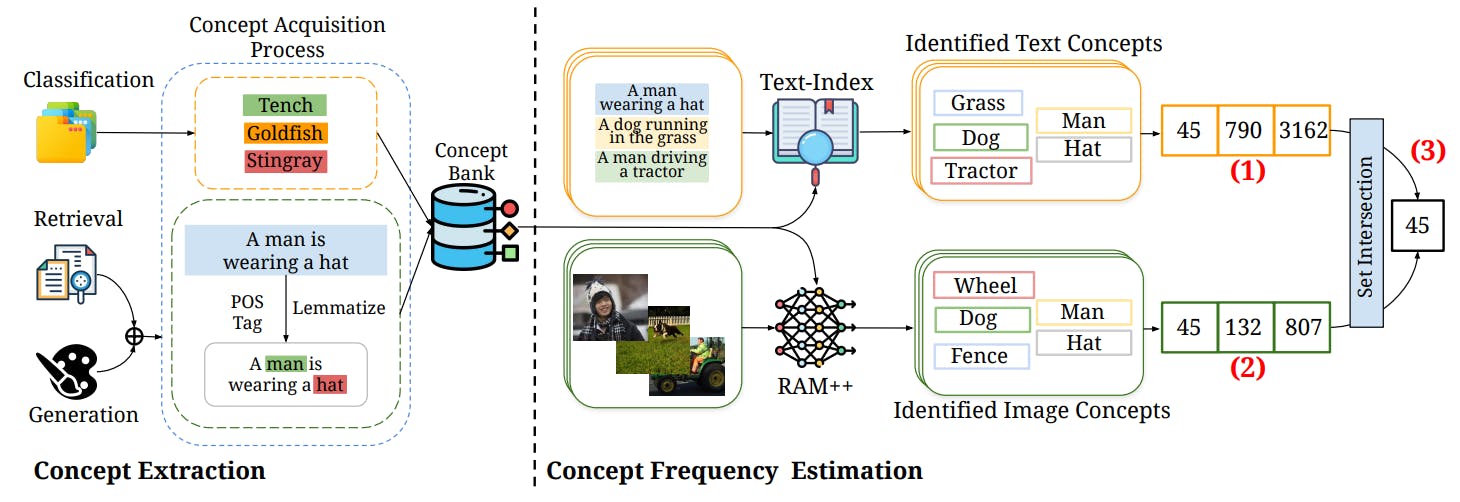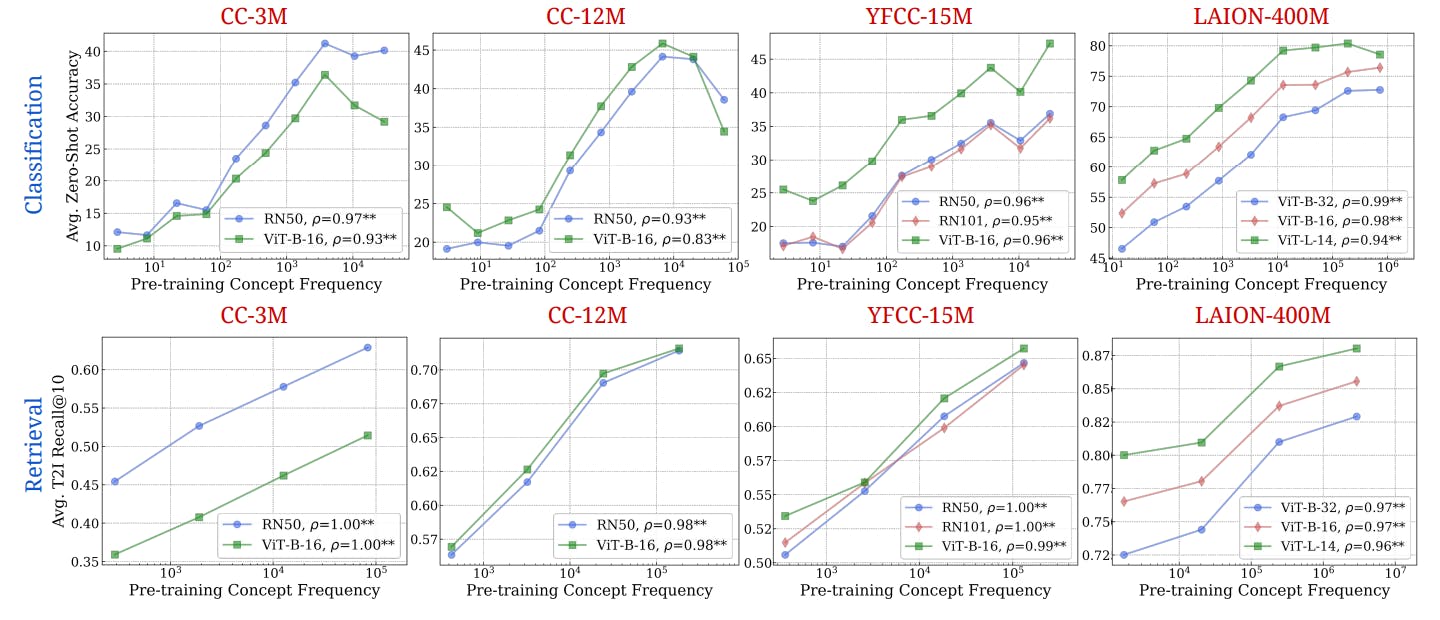The dream of writing a book – a world built from your imagination, characters that feel as real as old friends, a story that truly captivates. It’s a beautiful ambition, isn’t it? But let’s be honest, the journey from that first exciting spark to a finished manuscript can feel like a long, often lonely road, full of twists like writer’s block, tangled plotlines, and characters who just won’t cooperate.
What if you had a resourceful, endlessly patient creative partner by your side through it all?
This is where tools like ChatGPT can genuinely shine. Think of it less as just an AI, and more as your versatile co-pilot for this incredible adventure – a brainstorming buddy, a plot untangler, a character consultant, and even a first reader, ready to help whenever inspiration (or frustration!) strikes. The real secret, though, is knowing how to ask the right questions.
This comprehensive guide is designed to be your key. We’ve gathered a powerful collection of carefully crafted ChatGPT prompts, specifically designed to support and supercharge every stage of your book-writing process. From digging up that unforgettable core concept to shaping a marketing hook that sings, you’ll find ways to move past the blank page and truly bring your story to life, with a little expert AI assistance along the way.
This guide provides targeted prompts, using placeholders like [your genre], [your theme], or [your character name], which you can replace with your specific details.
Key Principles for Effective Prompting:
- Define the Persona (Optional but Recommended): Start with “Act as an experienced
[e.g., fiction editor, bestselling novelist, world-building expert].” This can tailor the AI’s responses. - Iterate: Don’t expect perfection on the first try. Refine your prompts based on the responses. Ask follow-up questions.
- Combine & Converse: Don’t be afraid to use a series of prompts, building on previous responses. For example: “Act as a creative brainstorming partner. My initial thoughts are: Protagonist is a
[brief protagonist description], the main conflict involves[brief conflict description], and the setting is[brief setting description]. Can you suggest[number]unique plot twists, subplots, or character arcs related to these elements, incorporating themes of[theme 1]and[theme 2]?”
I. Idea Generation & Brainstorming
Staring at a blank page? Let’s get those creative juices flowing.
- Generate Core Concepts:
- Generate
[number]unique book ideas in the[your genre]genre. Each idea should incorporate the theme of[your theme]and feature a conflict related to[a specific challenge or concept], and feature characters like[mention 2-3 character archetypes or unique traits]. - Brainstorm
[number]‘what if’ scenarios suitable for a[your genre]novel, set in[your preferred setting type e.g., a futuristic city, a remote village]. For example, ‘What if[extraordinary event or situation]happened to[ordinary person/group]in[familiar setting]?’ Explore potential themes like[theme 1]and[theme 2].
- Generate
- Explore Unique Twists on Existing Tropes:
Suggest[number]fresh twists on the classic[mention a common trope e.g., 'chosen one', 'enemies to lovers']trope for a[your genre]story involving[a key element or character type]. - High-Concept Pitches:
Help me develop[number]high-concept pitches for a[your genre]novel. Each pitch should be a one-sentence summary combining[an unlikely element A]with[an unlikely element B]resulting in[a surprising outcome or conflict].
II. Plot & Structure Development
Once you have an idea, it’s time to build the scaffolding.
- Outlining Frameworks:
- Create a detailed plot outline using the
[e.g., Three-Act Structure, Hero's Journey, Save the Cat beat sheet]for my[your genre]novel about[your brief premise]. Highlight key turning points, the climax, and initial ideas for character development for[main character name(s)]. - Act as an outline architect. Develop a chapter-by-chapter outline (approx.
[number]chapters) for my[your genre]novel. The protagonist is[protagonist's name and defining characteristic], who is a[protagonist's profession or significant trait]. The primary setting is[describe setting], and the main conflict is[describe central conflict]. Ensure the outline shows escalating tension, tracks their evolution through challenges like[list 2-3 major plot challenges], and character progression towards resolving[main conflict], while grappling with themes of[core theme 1]and[core theme 2].
- Create a detailed plot outline using the
- Developing Key Plot Points:
- Suggest
[number]compelling inciting incidents for a story where[protagonist description]must achieve[main goal]in[specific location or world]despite[major obstacle or antagonist]. - Brainstorm
[number]potential climactic confrontations for my novel where[protagonist name]faces[antagonist name or force]over[the stakes]. - What are some unexpected plot twists I could introduce around the midpoint of my story about
[your brief premise]that would significantly raise the stakes for[character name]?
- Suggest
- Subplots & Pacing:
- My main plot is:
[main plot summary]. Suggest[number]engaging subplots that could intertwine with this. These subplots should involve[character A's goal]and[character B's secret], and enhance the main theme of[main theme]or develop[specific character name or relationship]. - My current plot feels like it’s dragging in
[specific section e.g., the middle after the first turning point]. What are some ways to increase tension or introduce complications for[character name]here?
- My main plot is:
III. Character Development
Memorable characters are the heart of any good story.
- Creating Core Characters:
Develop a detailed character profile for my[protagonist/mentor/etc.]named[character name or archetype]. They are a[role/profession]in a[your genre]story. Include physical appearance, personality traits ([positive trait 1],[negative trait 1]), backstory (including[key past event]), core motivations ([primary motivation]), greatest fears ([primary fear]), significant flaws, key strengths, a unique quirk, and an internal conflict tied to[story theme or plot point]. - Antagonist Creation:
Create a complex antagonist named[antagonist's name]for my[your genre]story. Their primary motivation stems from[specific past experience or belief]. Their methods involve[typical actions or strategies]. Give them a redeeming quality or understandable reason for their actions, which is[redeeming quality/reason], making them more than just ‘evil’. - Supporting Character Dynamics:
Flesh out a supporting character named[supporting character name]who serves as a[e.g., foil, confidant, comic relief]to the protagonist,[protagonist name].[Supporting character name]has a background in[specific profession or lifestyle], a distinct personality trait of[unique trait or quirk], and a secret desire for[character's secret desire]that impacts their relationship with the protagonist regarding[story's central theme or a specific plot point]. - Character Arcs & Relationships:
- Outline a compelling character arc for
[character name], who starts as[initial character state or belief]and, through facing challenges like[challenge 1]and[challenge 2], needs to evolve into[final character state or belief]by the end of the story. What are the key turning points? - Explore the dynamic between
[character A name]and[character B name]. They have[describe initial relationship e.g., a rivalrous, a mentor-mentee]. How might their relationship evolve given[a shared challenge or goal]?
- Outline a compelling character arc for
IV. World-Building
Create a believable and immersive setting for your story.
- Establishing the World Foundation:
Help me brainstorm key elements for the world of my[your genre]novel set in[type of setting e.g., a magical kingdom, a dystopian city, a historical period]. I need ideas for its:[e.g., Unique geographical feature][e.g., Dominant culture(s) and their core beliefs][e.g., System of government/power structure][e.g., Prevailing social norms and customs][e.g., Unique flora/fauna/technology/magic system and its limitations][e.g., Major historical event that shaped this world]
- Cultural Details:
Develop the cultural norms for a society in[your world's name]that values[core societal value, e.g., honor, knowledge, nature]. What would their[rituals/laws/social hierarchy/art forms]look like? - Conflict & Factions:
In my world of[your world's name], there are[number]major factions:[Faction A name]and[Faction B name]. What are some believable reasons for conflict between them, considering their differing[ideologies/resources/histories]? - Sensory Details & Atmosphere:
Compose a descriptive paragraph of about[word count]words for my[your genre]novel, vividly portraying[a specific setting, object, or character appearance in your world e.g., the forbidden forest, the central market, the starship bridge]. Emphasize sensory details related to[sight/sound/smell/touch/taste]and evoke a feeling of[desired emotion, e.g., awe, dread, nostalgia].
V. Writing & Style Assistance
Refine your prose, dialogue, and descriptions.
Note: Use AI-generated scenes/sections as a starting point or inspiration, not a final product.
- Scene Generation & Drafting Aid:
- Write a
[type of scene, e.g., tense chase, heartfelt confession]scene of approximately[word count]words. The scene is set in[specific location at a specific time]and involves[character A name]and[character B name].[Character A name]wants[Character A's objective in scene]and[Character B name]wants[Character B's objective in scene]. The mood should be[desired mood, e.g., suspenseful, romantic]. - Act as a co-writer. Help me draft a compelling
[chapter/prologue/epilogue]set in[specific setting or context]. The focus is on[main character's name]experiencing[primary event or conflict]while dealing with their internal struggle of[emotional or psychological challenge]. The tone should be[desired tone].
- Write a
- Dialogue Crafting & Refinement:
- Write a piece of dialogue between
[Character A name], who is[Character A's personality trait, e.g., sarcastic, naive], and[Character B name], who is[Character B's personality trait, e.g., stoic, anxious]. They are discussing[topic of conversation]in[setting of conversation]. The dialogue should reveal[a piece of information or character motivation]or include subtext where[Character A name]is secretly trying to[hidden goal A]. - Revise this dialogue to make it more
[choose a tone, e.g., suspenseful, witty, emotional]. The scene involves[character A]and[character B]discussing[subject]:[Paste your dialogue here].
- Write a piece of dialogue between
- Descriptive Language & Tone:
I need to describe[an object person or event]. Provide[number]different ways to describe it, one focusing on[sensory detail A e.g., sight], another on[sensory detail B e.g., sound], and another conveying a[specific mood e.g., sense of dread]. - Show, Don’t Tell:
This sentence tells: “[Paste sentence that tells, e.g., Sarah was angry.]“. Rewrite it to show the emotion/action instead.
VI. Overcoming Writer’s Block & Problem Solving
When you hit a wall, ChatGPT can offer a fresh perspective.
- Brainstorming Solutions:
- I’m stuck. My protagonist
[protagonist name]is in[a difficult situation](or, needs to[character's goal in the scene]) but[obstacle or reason for being stuck]. Can you suggest[number]different ways this scene could play out or[number]alternative actions for the character? - My plot has a hole:
[describe the plot hole]. How can I resolve this inconsistency in a way that strengthens the story?
- I’m stuck. My protagonist
- Exploring Alternatives:
I’m not sure if[a specific plot point or character decision]is working. What are[number]alternative approaches I could take here, and what would be the potential consequences of each for the story?
VII. Editing & Revision Support
ChatGPT can act as a first-pass editor.
- Targeted Proofreading & Clarity:
- Proofread this excerpt, focusing specifically on
[grammar/punctuation/sentence structure/tense consistency], and suggest improvements:[Paste text here]. - Review this passage for clarity, flow, and conciseness:
[paste text snippet]. Highlight any awkward sentences, areas where the narrative drags or rushes, or parts that could be rephrased for better impact.
- Proofread this excerpt, focusing specifically on
- Critical Feedback:
Act as a critical editor for this[chapter/section]. Focus on improving its[narrative flow/descriptive language/character consistency/dialogue impact]. Pay particular attention to how[specific character or plot point]is handled and its contribution to the theme of[book's theme]:[Paste text here]. - Identifying Weaknesses:
Analyze this chapter excerpt:[paste chapter excerpt]. Look for potential issues with pacing, repetitive phrasing, cliches, or moments where ‘telling’ could be replaced with ‘showing’.
VIII. Feedback & Suggestions (Beyond Editing)
Get broader insights on your work.
- General Constructive Feedback:
Provide constructive feedback on this[plot idea/character sketch/scene/chapter]. What works well, what could be improved, and are there any plot holes or inconsistencies? Focus on its effectiveness for a[your genre]audience:[Paste text or describe idea here]. - Specific Element Evaluation:
Evaluate the strengths and weaknesses of the[plot twist/character development/setting description/ending]in the following[excerpt/description]. Is it believable, engaging, and does it align with the story’s setup?[Paste text or describe element here]. - Beta Reader Perspective:
Act as a beta reader for this[excerpt/chapter]. Provide feedback on[plot development/character arcs/pacing/world-building/emotional impact]. Does it make you want to continue reading? Is it suitable for the[your genre]genre and the book’s overall message about[book's overarching message or theme]?[Paste text here].
IX. Research Assistance
Ensure your details are accurate and enriching.
- Focused Research Query:
I’m writing a[your genre]novel set in[specific historical period/location/fictional world concept]. Provide detailed information on[specific topic, e.g., daily life in 16th century Paris, common FTL travel theories, political structure of ancient Rome], focusing on aspects relevant to[character type, e.g., a merchant, a soldier, a scientist]. - Accuracy Check:
For my story set in[setting/period], I’ve written that[describe detail, e.g., characters use a specific tool, a particular social custom is observed]. Is this historically/culturally/scientifically accurate for[specific context]? If not, what would be more accurate? - Research Assistant for Detail:
Act as a research assistant for a novel set in[historical period or specific location]. Gather detailed information about[specific cultural aspect, e.g., marriage customs, weaponry, common foods]with an emphasis on how it impacts[character type or social group, e.g., noblewomen, peasant farmers, warriors]during that era.
X. Title, Blurb, & Synopsis
Crafting compelling copy to attract readers.
- Title Generation:
Generate[number]potential book titles for my[your genre]novel about[brief premise or key themes]. The tone should be[desired tone e.g., mysterious, thrilling, heartwarming]. - Book Blurb/Description:
Help me write a compelling book blurb (around[word count, e.g., 150-200 words]) for my[your genre]novel,[Your Book Title]. It’s about[protagonist's name and description]who must[central conflict/main goal]while facing[antagonist/obstacle]in[setting]. Key selling points are[selling point 1]and[selling point 2], targeting[your target audience]. - Synopsis Crafting:
Help me write a one-page synopsis for my novel. The key plot points are:[list major plot points including inciting incident midpoint climax resolution]. Ensure it highlights the main character arc of[protagonist name].
XI. Formatting & Publishing Guidance
Navigating the path to publication.
- Manuscript Formatting:
What is the standard manuscript format (font, spacing, margins, indentations) for submitting a[your genre]novel to[agents/publishers]in[country/region, e.g., the US, the UK]? - Query Letter Advice:
What are the essential components of a compelling query letter for a[your genre]novel titled[Your Book Title]? Provide a template or key elements to include when pitching to literary agents, including how to effectively convey[unique selling point 1]and[unique selling point 2]. - Publishing Path Guidance:
Act as a publishing consultant. My book is a[your genre]novel about[brief synopsis]. Should I pursue[traditional publishing/self-publishing]? What are the pros and cons for my specific project, highlighting how to emphasize[unique selling points, e.g., unconventional plot, diverse characters]in the current[specific genre or market trend]?
XII. Marketing & Promotion Strategy
Thinking ahead to reaching your audience.
- Target Audience Identification:
My book is a[your genre]novel with themes of[theme 1]and[theme 2], about[brief premise]. Who is my ideal target audience? Describe their potential demographics, interests, reading habits, and other[books/authors/media]they might like. - Marketing Angles & Hooks:
Suggest[number]unique marketing angles or hooks for my book about[your brief premise]that would appeal to fans of[comparable book or author 1]and[comparable book or author 2]. - Marketing Strategy Outline (Especially for Self-Publishers):
Suggest a marketing strategy for a self-published[your genre]book. Focus on[number]key promotional activities, including[social media platforms, e.g., TikTok, Instagram],[online communities, e.g., Reddit subreddits, Facebook groups], and potential[low-cost advertising ideas or specific outreach targets like book bloggers]. - Launch Strategy (Especially for Self-Publishers):
Act as a marketing strategist for a self-published[your genre]book. Suggest innovative promotion ideas for its launch week that leverage the book’s themes of[list one or two themes], targeting an audience who appreciates[specific reader interests or genre tropes], using channels like[list possible marketing channels, e.g., book bloggers, email newsletters, Goodreads]. - Author Bio:
Draft a short author bio (approx.[word count]words) for a[your genre]author. Highlight themes of[theme 1]and[theme 2]in their work, and mention[a unique fact or writing focus].
XIII. Writing Motivation & Productivity
Staying on track and inspired.
- Overcoming Challenges:
I’m struggling to maintain motivation while writing my book on[book's topic/genre]due to[specific challenge, e.g., writer's block, busy schedule, complex plot point]. Provide[number]actionable strategies to stay disciplined and make consistent progress. - Establishing a Writing Routine:
Suggest a framework for creating a sustainable writing routine for someone who works[your work situation, e.g., full-time, part-time]and wants to write[target word count/time]per day/week for their[your genre]novel. - Focused Writing Coach:
Act as a writing coach. Offer strategies for staying focused and productive while writing about[specific theme or subject], especially when dealing with[specific writing hurdles, e.g., character development, plot intricacies, research fatigue].
Remember, ChatGPT is a tool to augment your creativity, not replace it. Use these prompts as springboards, experiment, and tailor them to your unique vision. Happy writing!










